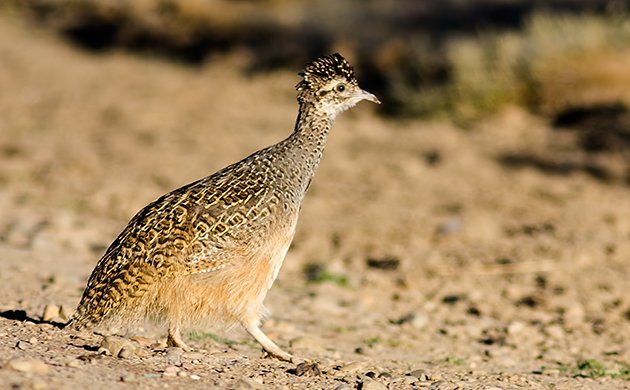
Continued from: Birding Humauca and Abra Pampa – Northern Argentina Trip Report
After a goodnight sleep in a simple and clean hostal in Abra Pampa, we got up early so we could reach Laguna de Los Pozuelos at sunrise for a full day birding at one of the iconic places in Northern Argentina. This is a 25 kilometer long and 9 km wide water-foul nesting ground that covers 16,000 ha (160 square km) of lake and wetland. It was one of the first lakes in Argentina to be included in the Ramsar list since 1992. It was declared a National Park (Monumento Natural) in 1981 to protect the nesting of up to 25,000 flamingos and many other water-foul and birds that depend on this fragile ecosystem, the Puna.
Our trusting GPS took us through the dawn hours right to the lake where I had previously programmed some points that I wanted to visit from E-bird maps. As dawn progressed we could see the large body of reflecting water appear in the horizon sharing its flatness with the stars in the sky. We should have stopped to take-in the spectacular views but we had set our goal on reaching the lake early for a birdy show of dancing flamingos. What appeared to be so near, was now getting further; the lake widen as we approached it giving us the impression of being further rather than closer. Soon we had to decide to go left or right and the GPS had two points, one to the left, and one to the right, so we turned to the right and drove towards a school and then some houses. The selected point was ahead of us but did not seem to have any birds nearby and was located on private land. An old lady on bike and two dogs came toward us pushing the cold morning fog to its sides. She was covered with lots of scarf’s and a thick coat to keep her warm on this cold morning with clear-skies. We talked and she explained that the birds were gone from this area since the winter, and they had not come back yet, she suggested that we drive further north towards the other end of the lake where there are more birds. This was a shock to us but we took her advise and headed north in search of the other gps coordinates further to the north.
We drove around the north-western side of the lake and we encounter the office for the National Park but could not get anyone to come out. It was about 7:30 am and there was no sign of human life at the office so we decided to drive further toward the next gps point. Soon we came to a four way split and took the right turn which continued toward the lake, the left turns seem to go off to the western mountains. The lake was on our right and we continued driving while we kept an eye at the lakes edge. We must have been at least 3 kilometers away from the lake and we could not find any meaningful road that went towards the lake.
Finally some birds started to cross our path so we stopped and got our first looks at adult and juvenile Ornate Tinamou. While the adult ran for cover across the road, the juvenile just sat there unable to decide if the road was safe for crossing.
Finally we had reach near our second gps point but it laid closer to the lake which was not accessible from this road. We drove up and down until we found a wire-fence door that we could open and drive toward the gps coordinates. This was a private road to led to some houses closer to the lake but still we were some 2 k away form the lake. There were some kids playing near the houses but they ran away as soon as I got out the car to ask about the birds. On the way back to main road we came across a couple of new birds Puna Miner and Common Miner. Also an Andean Flicker posed on post near us.
We decided to go back to the offices but still found no one! We checked our map and decided to head north again in the hope that we could find an entrance that would get us close to the lake. A heard of Lesser Rheas cross the road in front of us giving us a great opportunity to do some photography and videos of these great birds! This was a great experience and took our minds away form the frustration of finding and entrance to the lake.
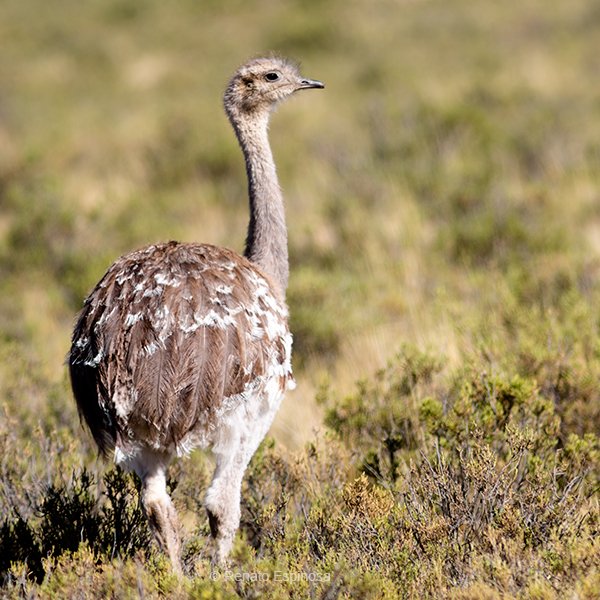 Lesser Rhea also known as Puna Rhea
Lesser Rhea also known as Puna Rhea
After a snack and joyful moment with the Rheas we continued on our search and we saw a small town in the distance so we headed in this direction in need of information.
We arrived and there was no-one here. It did not seemed like an abandoned place but there was no-one. I don’t know why there was no people, they were either hiding behind their houses and did not like to talk to strangers, or left town for some reason. At this point it was 9 am we decided to head further north on route 7 where we could pickup route 64 that would take us to La Quiaca our next destination.
On the road we encountered many Burowing Owls, a Balck-billed Shrike Tyrant, many Common Miners, Mountain Caracara, and got some glimpses of a new bird the Long-winged Harrier.
After some 20 minutes of heading north we saw another lady with a big hat and a couple of dogs riding her bicycle. We talked to her and she indicated that there was a place where we could drive toward the lake and see the birds. She described as only a few kilometers further, after crossing a stream, we would find a road to the right. We traveled about 1 km and crossed the stream, soon after, there was a road to the right with a tiny 20 cm long by 5 cm wide (8 inches long by 2 inches wide) old rotting-sign that read Laguna (Lake)!!!! We were finally heading towards the lake and drove there as fast as possible. The road split and took the first left, crossed a wire door and whala! We were reaching the edge of the lake and we could see the flamingos and other small birds.
The view was incredible, we had been driving for half a day and making slow progress but still we reached the north end and we could barely see the end of the lake toward the south and the east.
For a 360 view click here: Laguna Pozuelos 360
On the water we could only see many Chilean Flamingos, Wilsons Phalope, Bairds Sandpiper, a couple of Andean Avocets, and Lesser Yellowlegs. We could not spot many other species but there were many more birds very far away. We did not have more time to explore the other fork on the road to the lake, so we had to continue on our trip toward La Quiaca, which was still another two hours away.
On the way to La Quiaca we saw a Black-hooded Sierra-Finch, Plain-mantled Tit-Spinetail, a Short-billed Pipit and some Common Miners.
Our plan was to sleep that night in Yavi but we saw so few birds in these dry highlands that we decided to drive straight to our next stop and this time have a a couple of days to explore the next birding hotspot, Calilegua National Park.
Since you read, or at least you found my Trip report I thought it would only be fair to give you the true coordinates of the lake access that we found. It seems that nobody is willing to share and there are very few people that can guide you at this high Puna land.
Laguna Pozuelos lake access: S22.26808 W66.03287
To be continued: Birding Calilegua National Park..



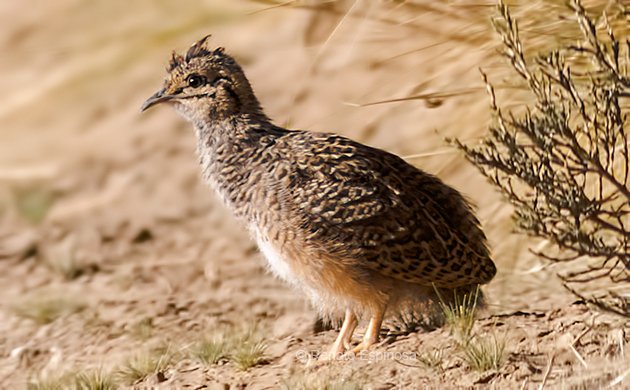
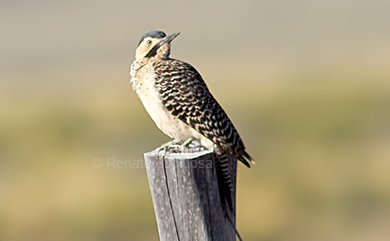
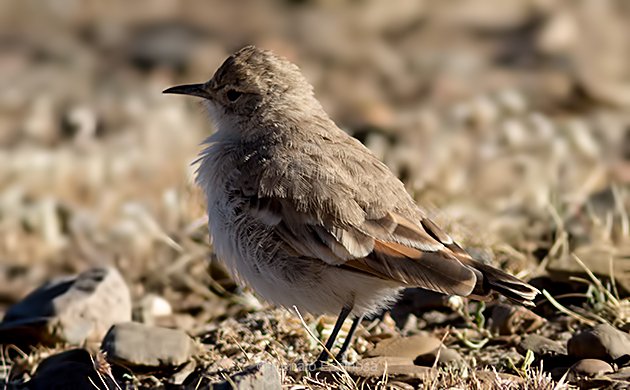
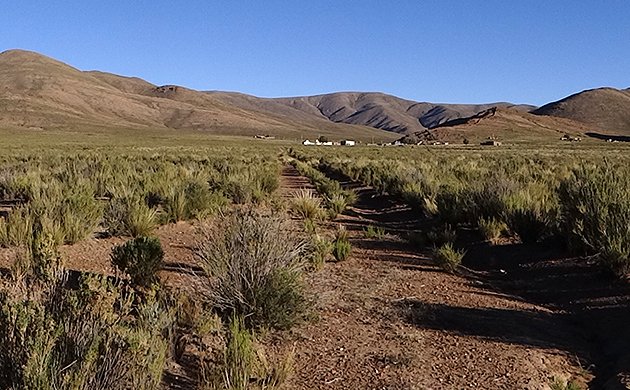
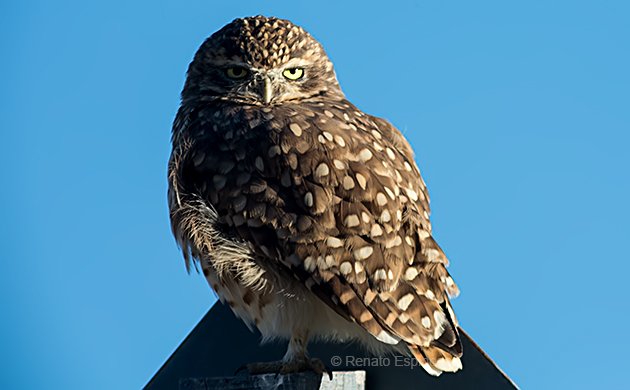
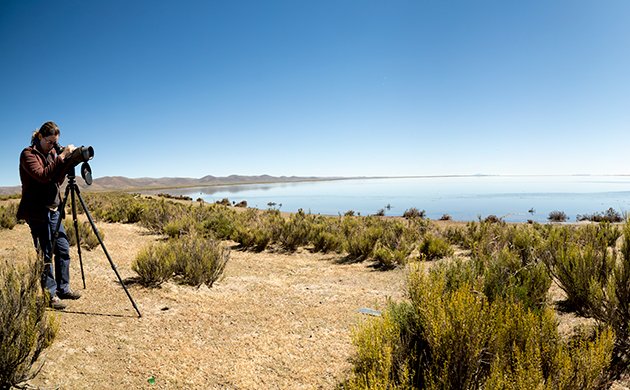
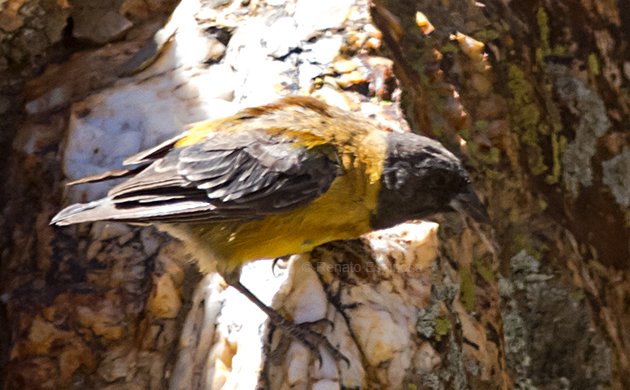











Birding is a challenging occupation! Thanks for sharing your trip.
You are welcome.
great pics & story Renato! Glad to see you are getting to explore new area and finding new birds.
Thanks Jean, birding outside Ecuador is very exciting and rewarding.
I see from your tinamou video that the road to the lake is wide and sandy. I assume the best route iis the 50 km stretch from Abra Pampa. Is the road passabl when driving with a regular sedan or is the sand too loose and one would get stuck?
Hi Keith, I drove in a small car myself but you have to be careful or you could end up loosing your muffler or damaging the suspension. I never needed a 4×4 but a higher clearance care would have been better.
Hi, Renato,
I will be heading to Argentina for about 4 weeks this summer and will be spending roughly 20 of the days viajando por el norte. While in Jujuy I will be renting a car and working my way north up into the Puna. I am wondering about a) si importa el tipo de auto que alquilemos, o si cualquier auto va a poder llegar a la laguna b) en qué momento del año estuviste en Laguna de Pozuelos (en noviembre como dice por arriba de la entrada?) c) si sabés cómo es la situación con respecto a la avifauna a principios de julio cuando yo pretendo estar ahí.
Mil gracias de antemano por cualquier ayuda o información práctica que me podés dar!!
whoops, I see that you already addressed my first question. sorry!
Hi Cameron,
Yes, get a high clearance vehicle, I did not need a 4×4.
We visited in April.
You can check ebird.org to get information for birds in july here:
http://ebird.org/ebird/GuideMe?cmd=decisionPage&getLocations=hotspots&hotspots=L2762907&yr=all&m=
Unfortunately there is not many trip reports for this month 🙁